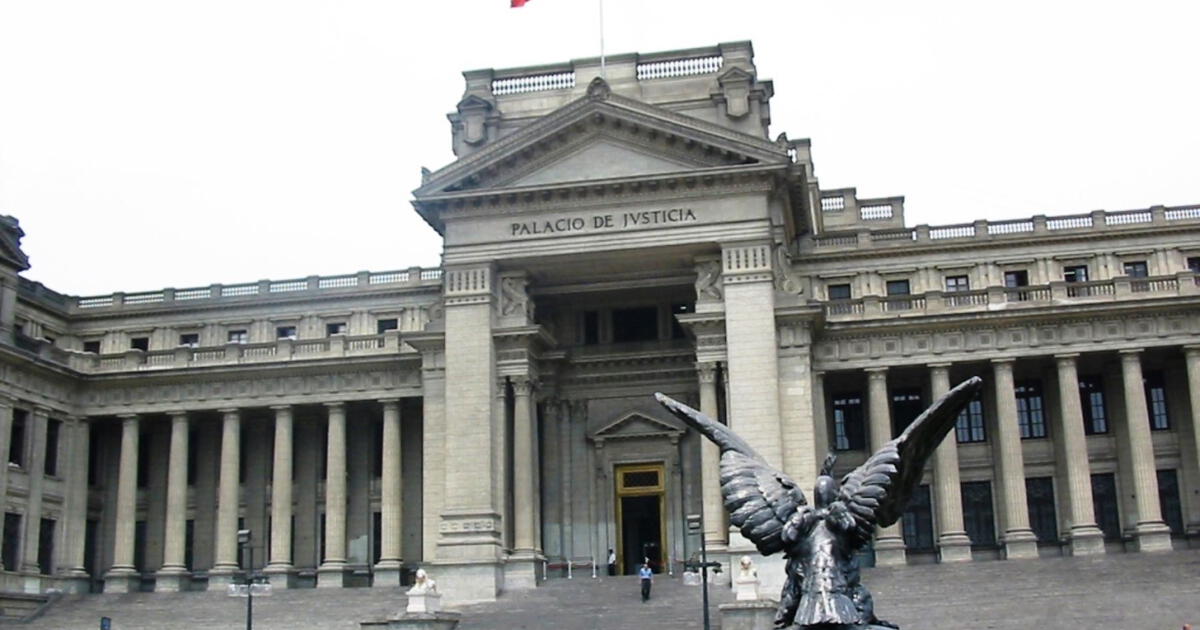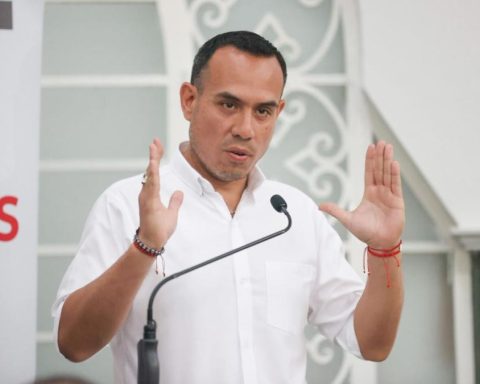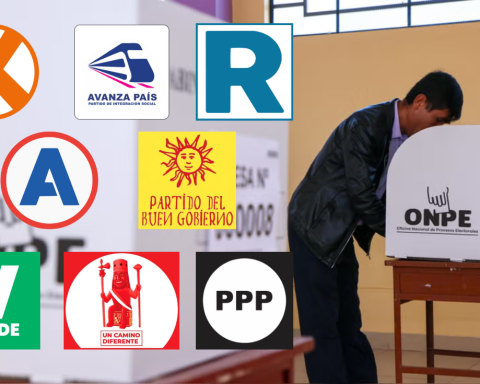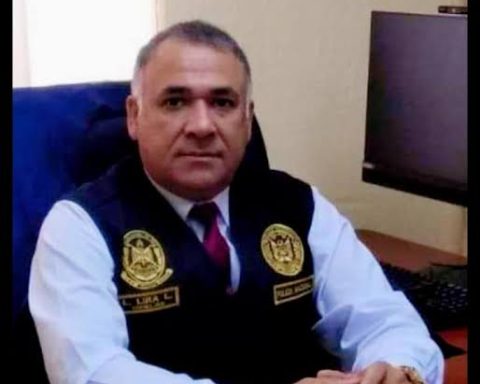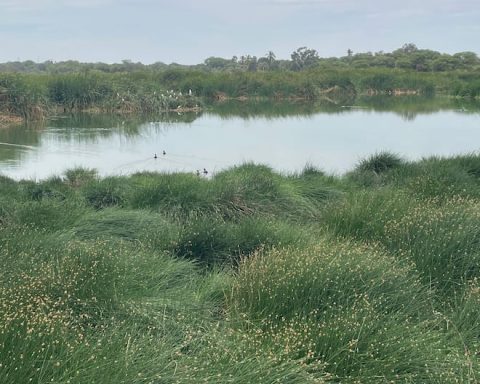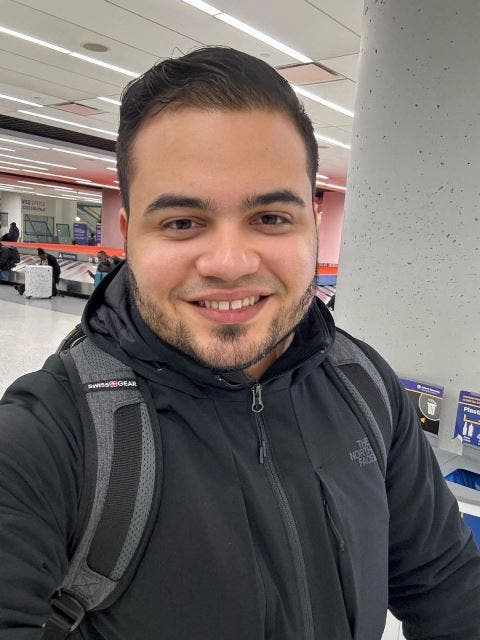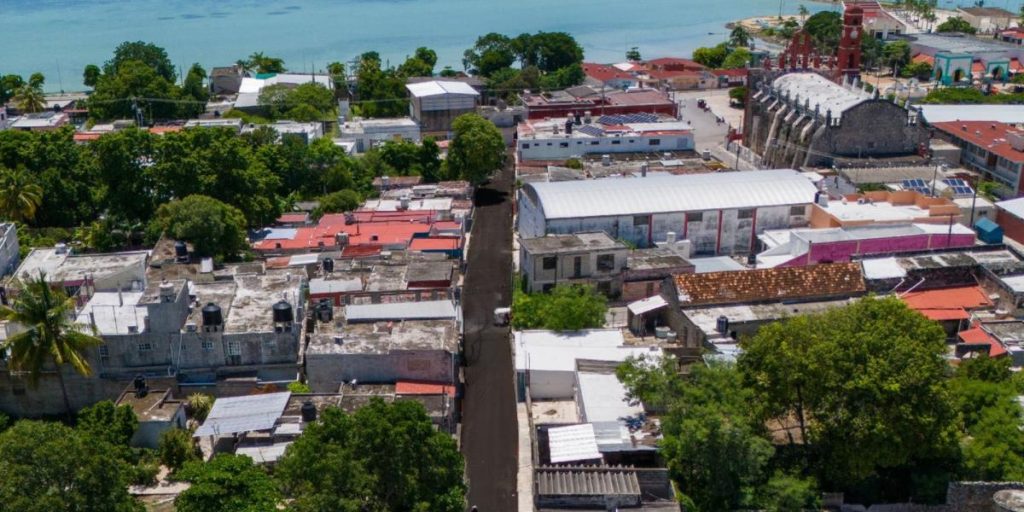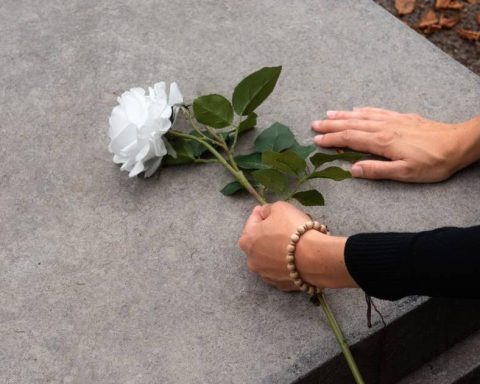The Plenary Chamber of the Supreme Court will elect, in a secret vote, on Thursday, December 5, 2024, a new president of the Judiciary, for the period January 2025-December 2026. An election that can mark a generational change in the highest judicial instance of the country.
Until today, the supreme judges Janet Tello GilardiCarlos Arias Lazarte and Manuel Lujan Tupez appear as the candidates to succeed the current president Javier Arévalo Vela. From outside the PJ, the outgoing head of the National Election Jury, Jorge Salas Arenas, is proposed.
The incumbent supreme judges can present their candidacy until the day of the election, scheduled for the first Thursday of Decemberwhich leaves open the possibility of nominating each of the 18 titular supreme judges. The least they must do is appear in the Plenary Chamber and present their candidacy out loud.
Grandparents watch young people take power
Plenary Chamber of the Supreme Court of Justice
Today in the corridors of the Palace of Justice only people talk about Tello, Arias and Luján. Until October, only Tello and Arias competed. Luján decided or “accepted” his candidacy after the election of the supreme judge Roberto Burneo as president of the JNE, replacing Salas Arenas.
One of the oldest incumbent supreme justices would have convinced him. “We must accept reality, the newly appointed magistrates are the majority and are imposing their will and decisions,” he reportedly commented.
In the Judiciary there is talk of the rapid prominence that the supreme judges appointed by the National Board of Judiciary are acquiring in 2022, after the CNM-Audios scandal. “The only thing I don’t like is that they do what they want,” a supreme judge would have said.
In previous generations it was a practice to allow a reasonable amount of time to pass between the appointment and the nomination for the presidency. “Pay the floor fee or acquire experience”, in minor positions: the Academy of Judiciary, the Executive Council of the Judiciary, the head of OCMA or the presidency of the JNE.
The new ones are the power and the future of the judiciary
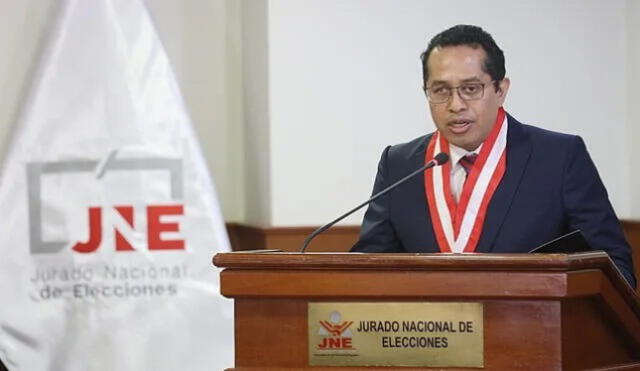
Supreme Judge Roberto Burneo, president of the JNE
The new generations have changed that. They want the spotlight from day one. This allowed and generated the election of Roberto Burneo as president of the JNE. Although his departure has slightly altered the majority of the Plenary Chamber of the Supreme Court, it seems that it will not change the result.
As of October 24, when the Plenary Chamber elected Burneo, of the 18 titular supreme judges, there were eight veterans, appointed before 2018, against 10 new ones, appointed after 2022. When Burneo left, the number of new ones was reduced to 9 , while the veterans rose to nine with the reinstatement of Salas Arenas.
Tello and Arias belong to the older generation, which divides their potential population of voters in the first round. For his part, Luján Túpez, appointed in July 2022, aspires to nuclear the nine newcomers from the first hour.
Whatever the result of the president’s election, the new ones already define and will define the future of the Judiciary, in the administrative management of the institution, the defense of judicial independence and autonomy compared to other branches of the State, in the practical application of the Law and resolution of cases.
For this reason, along with the election process, in the judicial corridors in Lima and at the national level there is talk of a generational change in the administration of justice.
The grandparents versus the boy

Janet Tello Gilardi He presides over the First Constitutional and Social Transitory Chamber. She is a judge concerned about social inclusion, human rights, decentralizing the Supreme Court and improving citizens’ access to justice.
In the Constitution Chamber, it has promoted source sentences with serial motivation that allow various analogous processes to be resolved in a single resolution, which would otherwise take several months or even years to resolve one by one.
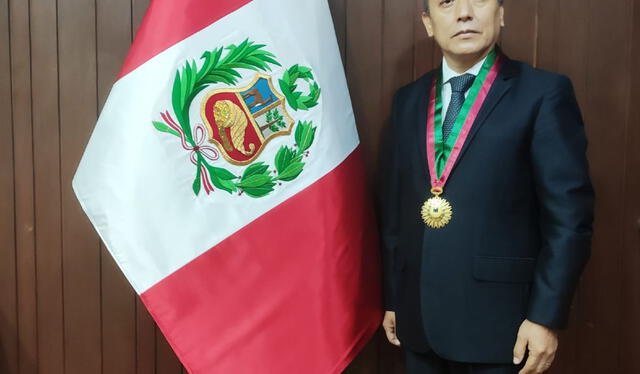
Carlos Arias Lazarte He presides over the Temporary Supreme Civil Chamber. He was a candidate in the 2022 elections and presided over the Academy of Judiciary.
His name appeared in the publicized and failed effective collaboration of the fishing businessman Oscar Peña Aparicio, “The King of Black Fishing”. The aspiring collaborator stated that Arias was one of the participants in the meetings of Peña’s ‘stud’ at the Monterrico racetrack where the written exams of the promotion process to supreme judges carried out in 2017 by the defunct National Council of the Judiciary were distributed. . Arias denies it and the investigations and processes in the prosecutor’s office and the JNJ have not advanced.
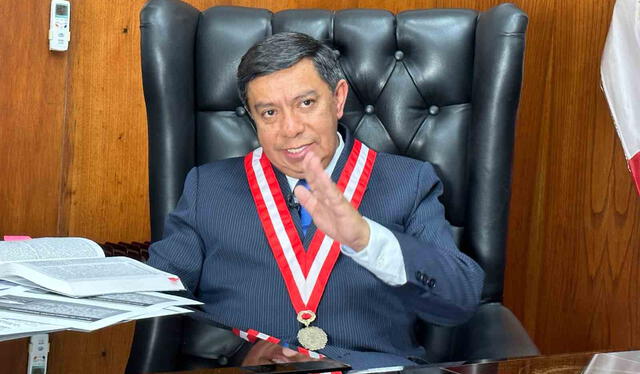
Manuel Lujan Tupez He is a member of the Supreme Permanent Criminal Chamber, presides over the Academy of Judiciary and is the national coordinator of the domain forfeiture subsystem that seized the assets of former president Martín Vizcarra.
In the Criminal Chamber he has signed the sentences that apply the laws of Congress on organized crime, although he has spoken out against the Ombudsman’s demand to modify the Loss of Domain Law. The new winds are blowing strongly and seem to come from the solid north, from the Antenor Orrego and César Vallejo universities to Peru and the world.
